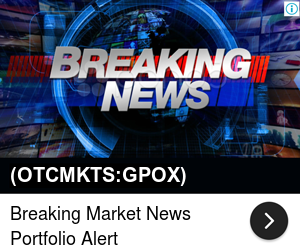HYLD - High Yield Stock Trading
About | High Yield (NYSE:HYLD)
None
Quote | High Yield (NYSE:HYLD)
| Last: | $25.49 |
|---|---|
| Change Percent: | -0.12% |
| Open: | $25.52 |
| Close: | $25.49 |
| High: | $25.55 |
| Low: | $25.3045 |
| Volume: | 43,227 |
| Last Trade Date Time: | 08/25/2023 03:00:00 am |
News | High Yield (NYSE:HYLD)
-
2023-08-31 00:35:00 ET Summary Record QT and big rate hikes no problem: Corporate Bond Market Distress Index drops to lowest level since before the Fed started tightening. The New York Fed’s update on Wednesday of its weekly Corporate Bond Market Distress Index (CMDI) shows...
-
2023-08-09 06:35:00 ET Summary With the global economy slowing under the weight of central bank rate hikes, many income-seeking investors are shying away from high-yield corporate bonds. Prudent fiscal management isn’t the only reason the corporate universe is well-position...
Message Board Posts | High Yield (NYSE:HYLD)
| Subject | By | Source | When |
|---|---|---|---|
| No posts yet. | |||
News, Short Squeeze, Breakout and More Instantly...
-
Exchange Traded Concepts, LLC Announces Revised Net Asset Value for High Yield ETF PR Newswire OKLAHOMA CITY , May 9, 2023 /PRNewswire/ -- Exchange Traded Concepts, LLC ("ETC") investment adviser of the High Yield ETF (NYSE Arca: HYLD)(the "Fund") announced today...






